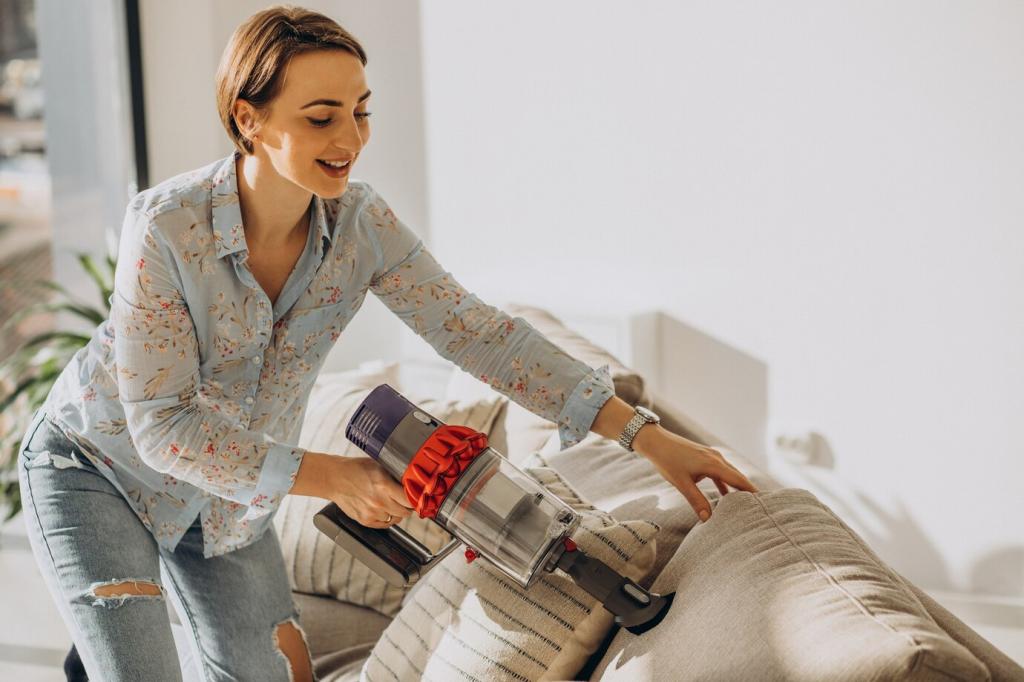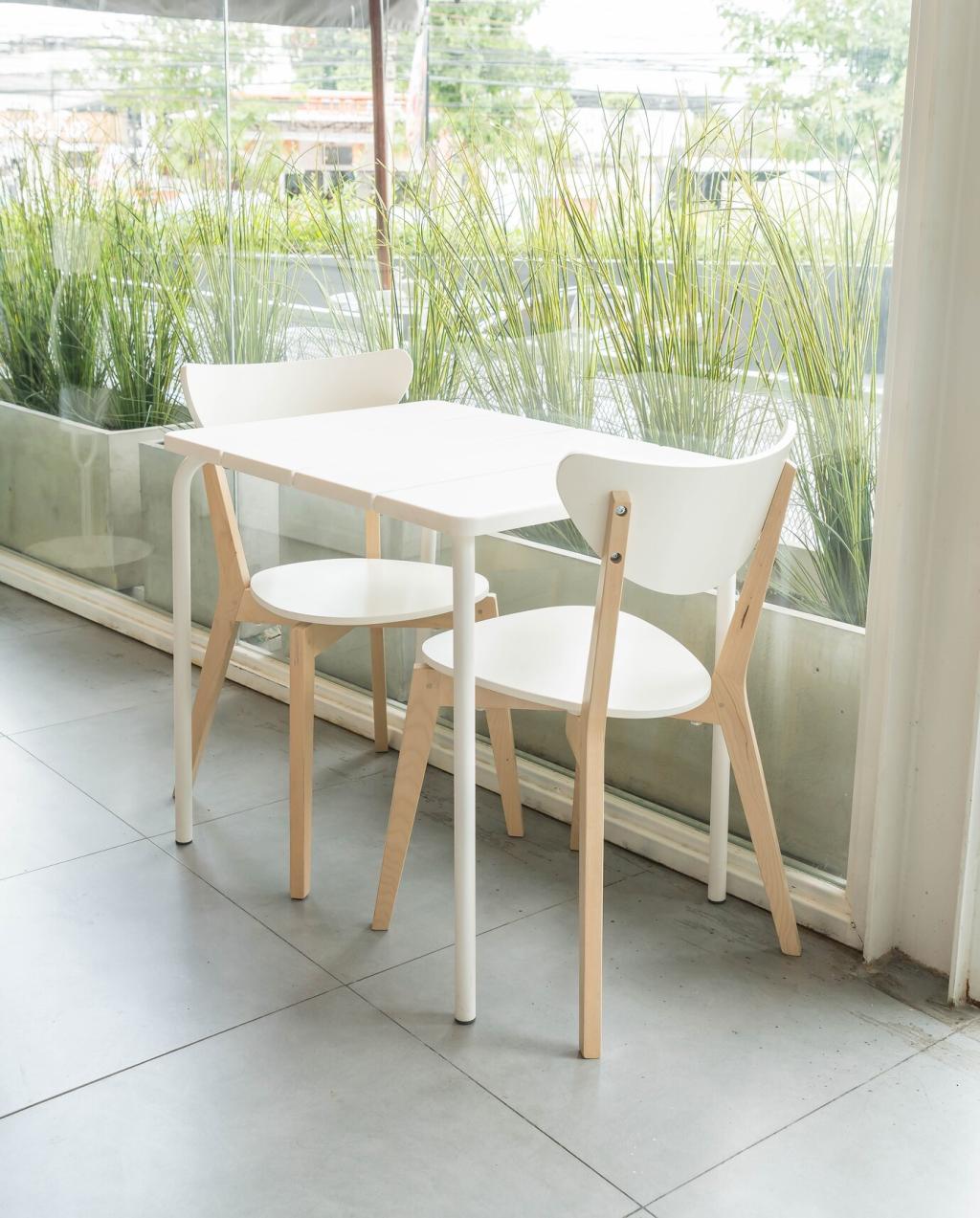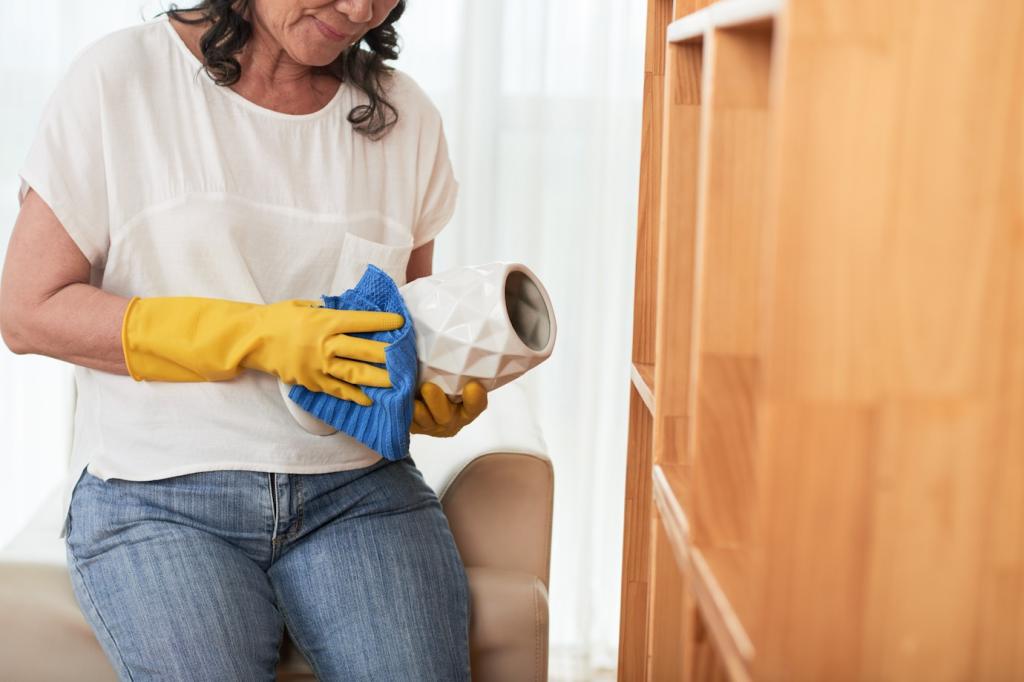Eco-Conscious Furniture Polish Alternatives: Shine Without Compromise
Why Replace Conventional Polishes?
Many commercial polishes rely on silicones, petroleum distillates, and propellants. The gloss looks instant, yet residues build up, attracting dust, muting grain, and demanding harsher cleaners later. Choose clarity, not cover-ups, with smarter alternatives.
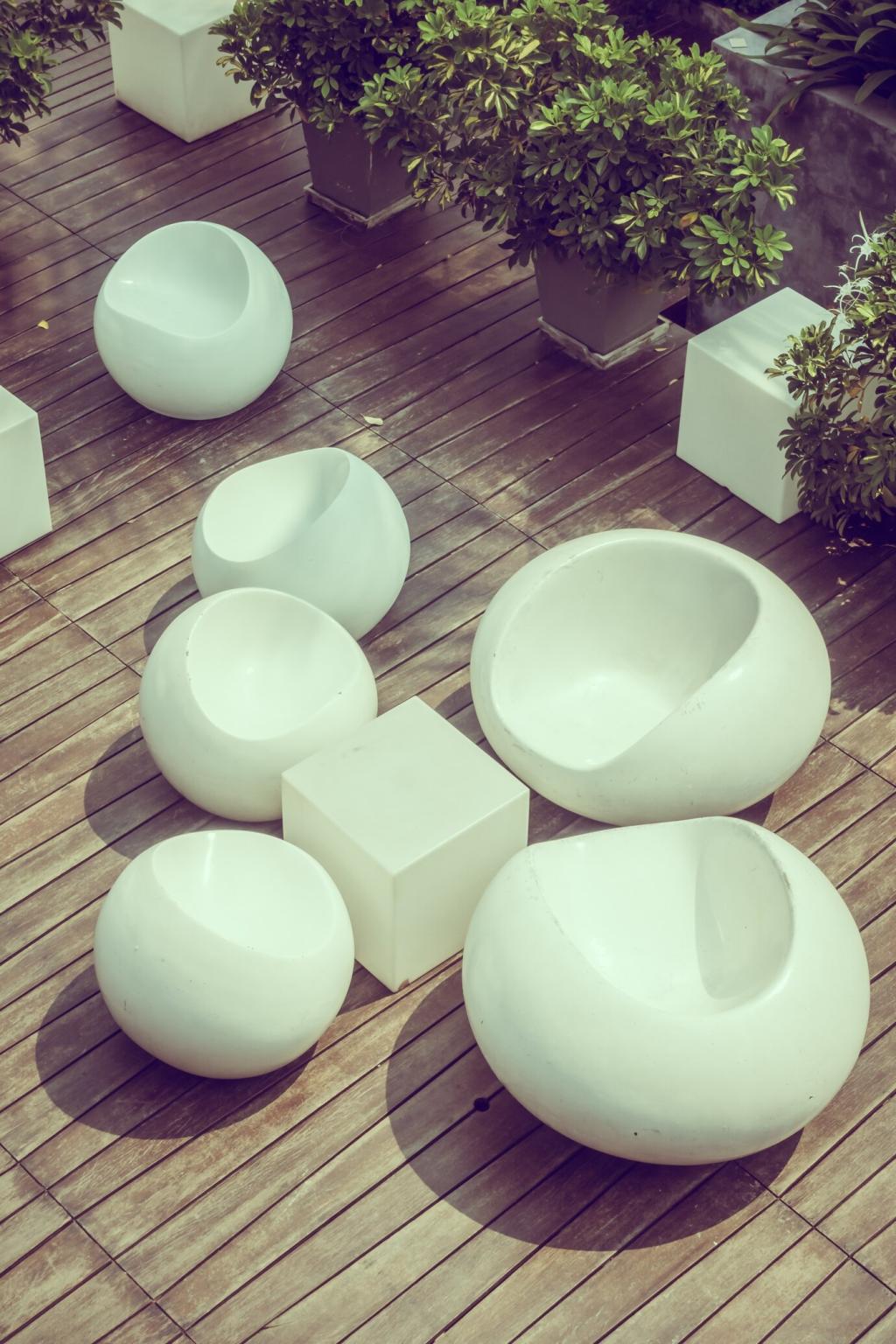
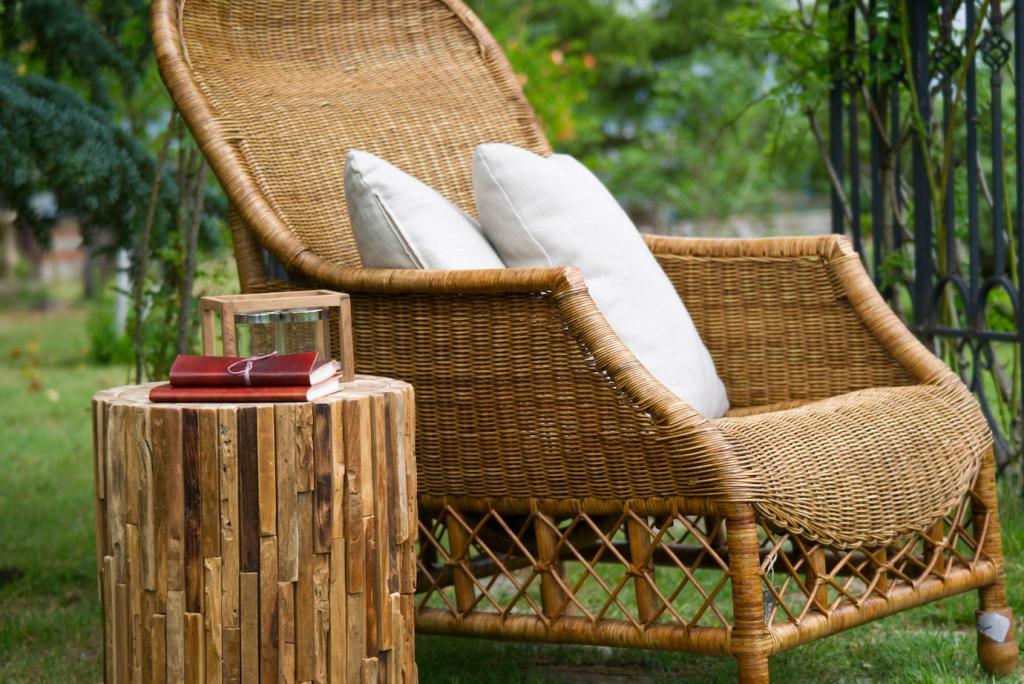
Diluted vinegar works as a pH-balanced cleaner on many sealed finishes, but it is not a polish. Keep it light, wipe dry immediately, and never use vinegar solutions on waxed or shellac-coated antiques that are sensitive to moisture and acids.
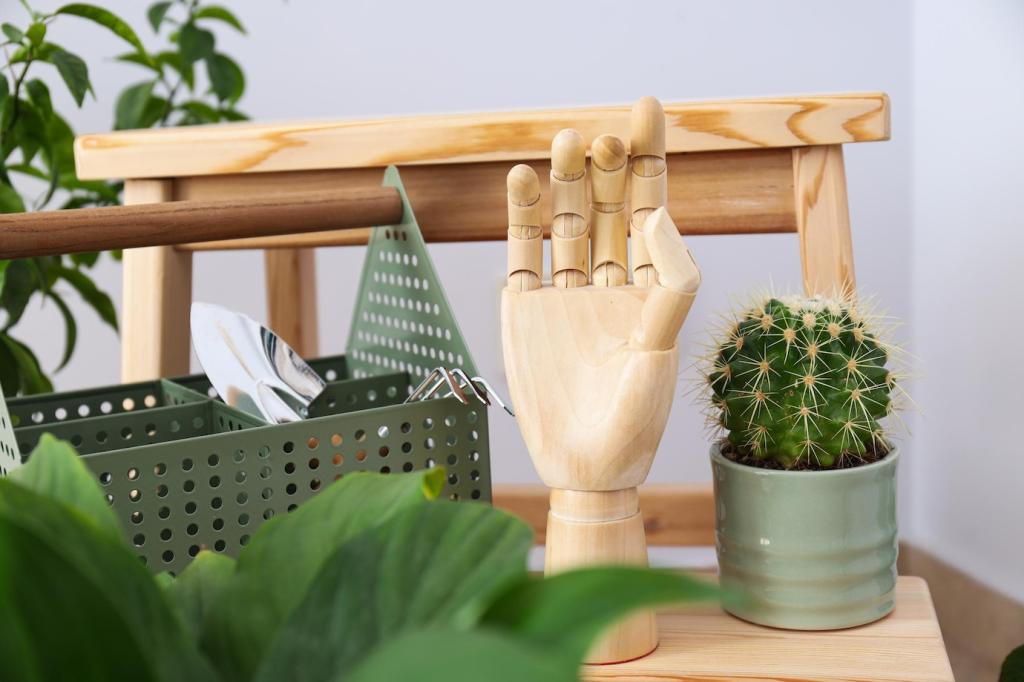
Make a gentle citrus oil by steeping lemon peels in jojoba or light olive oil. My grandmother saved peels after tea, turning leftovers into a month-later infusion that brightened sideboards without overpowering scent. Share your infusion tricks below.
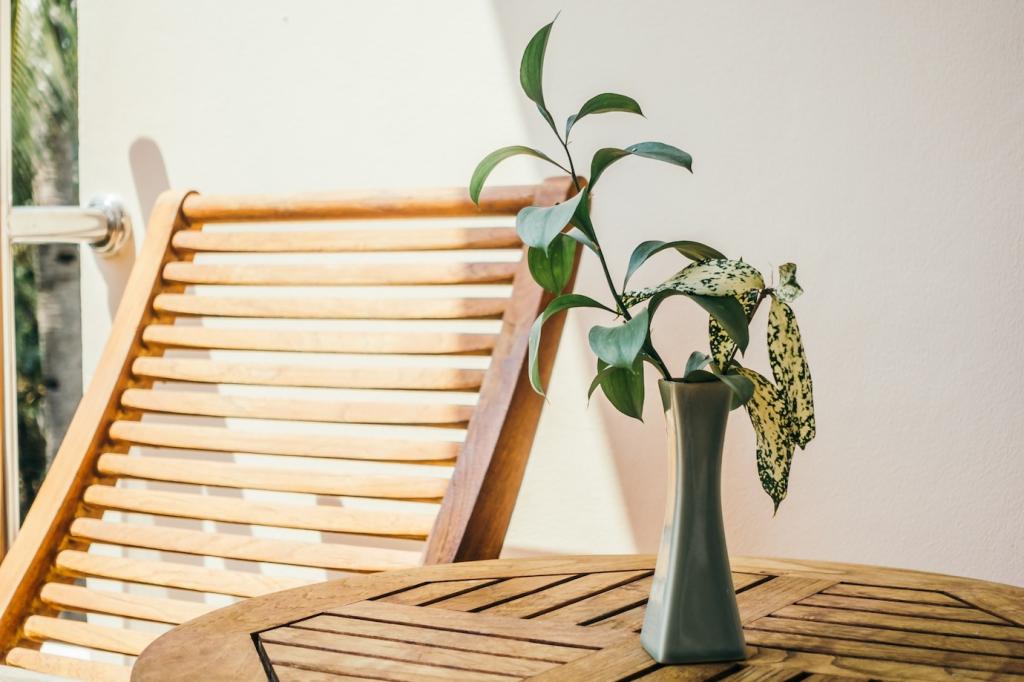
Identify whether your furniture is lacquered, polyurethane-sealed, oiled, or waxed. Test in an inconspicuous spot, avoid water-based cleaners on waxed tops, and preserve French-polished antiques by consulting a conservator before any DIY experimentation or polishing.
Wax Wisdom: Beeswax and Carnauba
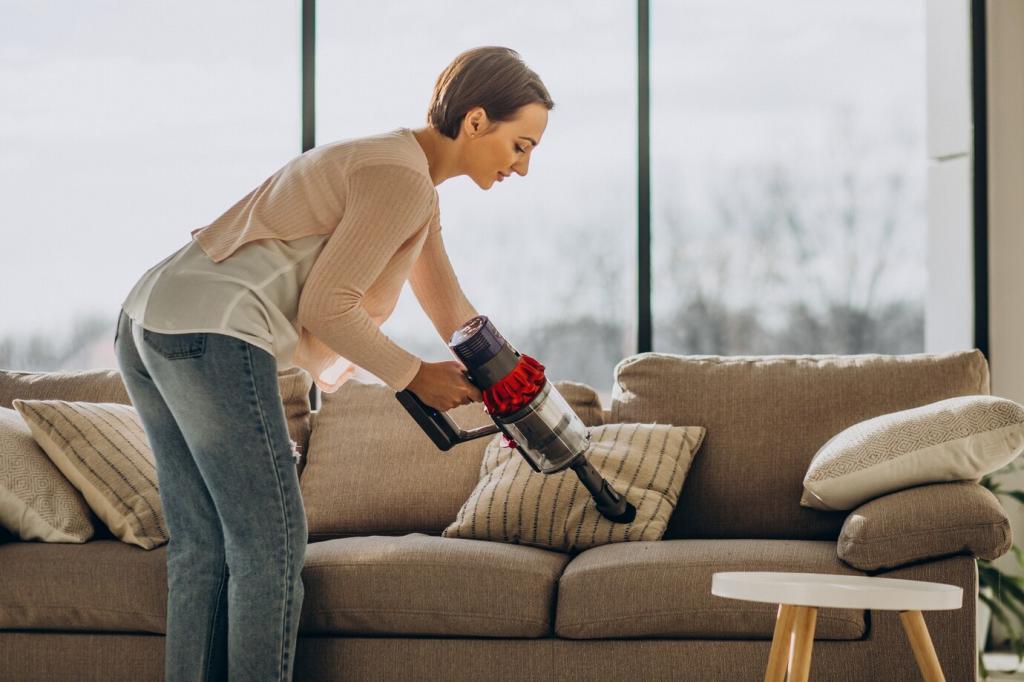
Beeswax Balm Recipe
Melt one part beeswax with three parts jojoba in a double boiler, cool, then whip. Massage a thin veil along the grain. After ten minutes, buff vigorously. Subscribe to receive a printable recipe card and troubleshooting tips by email.
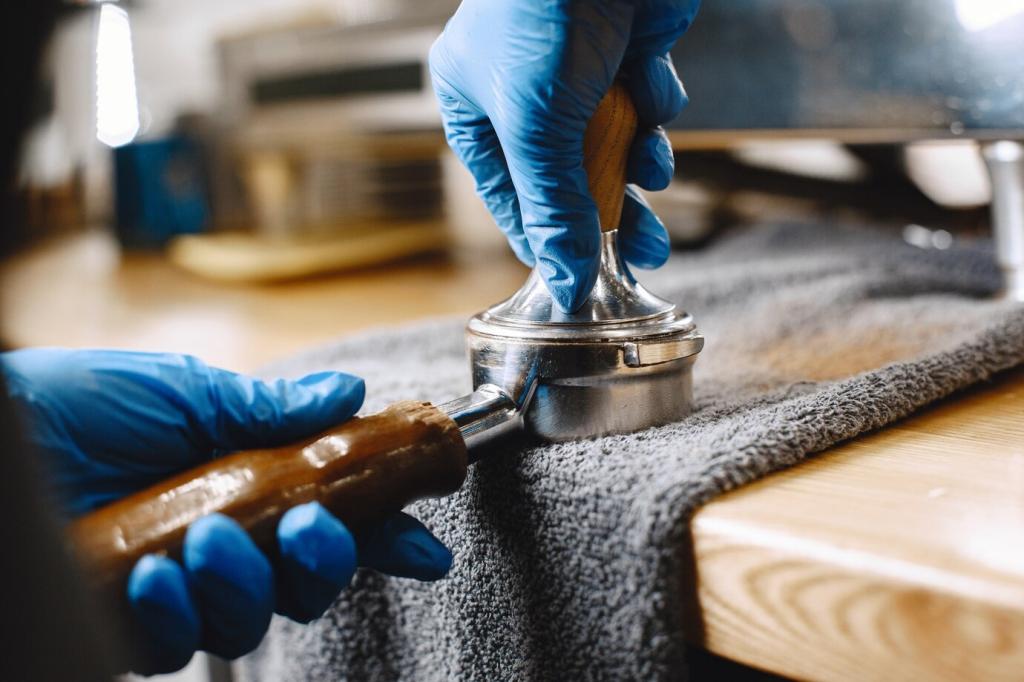
Carnauba: Plant-Powered Gloss
Harder than beeswax, carnauba adds scratch resistance and a crisp gloss. Blend small shavings into your base for a firmer bar, or pair with candelilla for a vegan alternative. Expect extra buffing—and longer-lasting, radiant protection.
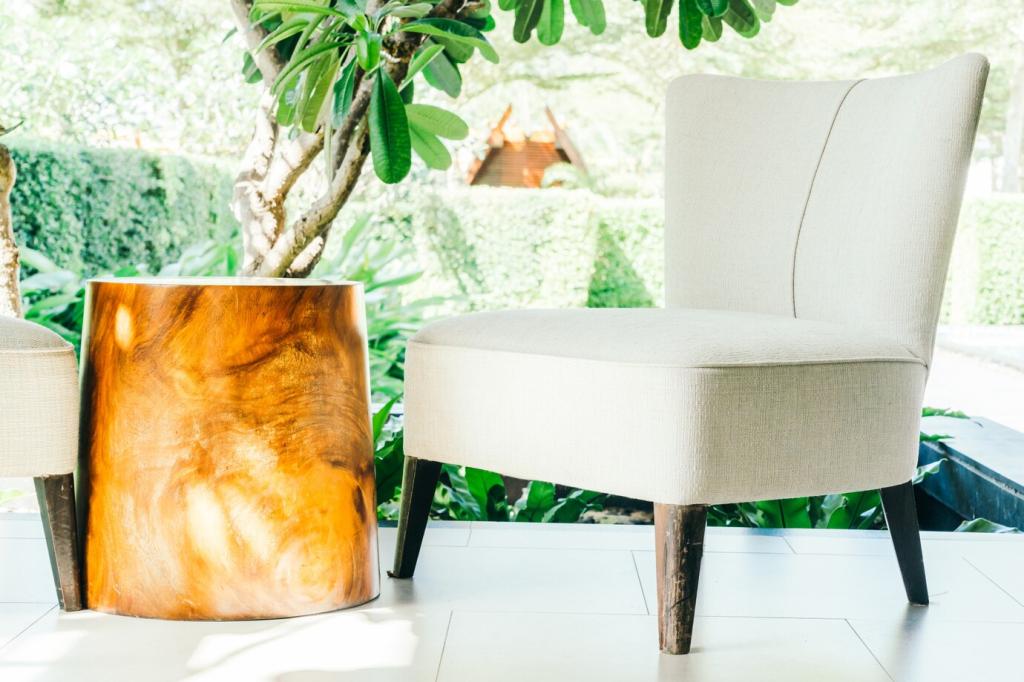
Sourcing Ethically
Look for responsibly harvested wax, organic oils, and local refills. Choose metal tins over plastic, label batches, and support beekeepers and growers. Share your favorite ethical suppliers so we can map a community guide for everyone.
Tools and Tactics: Cloths, Brushes, and Habits
Retire microfiber that sheds microplastics and choose tightly woven cotton, hemp, or upcycled T-shirt squares. Wash without fabric softener to preserve absorbency, and dedicate color-coded cloths for cleaning versus polishing to keep results consistent.
Tools and Tactics: Cloths, Brushes, and Habits
Work with the grain using small circles to spread, then long strokes to align. Less product, more buffing. Gentle warmth from friction levels the wax and leaves a dry, smudge-resistant finish that feels silky, not greasy.

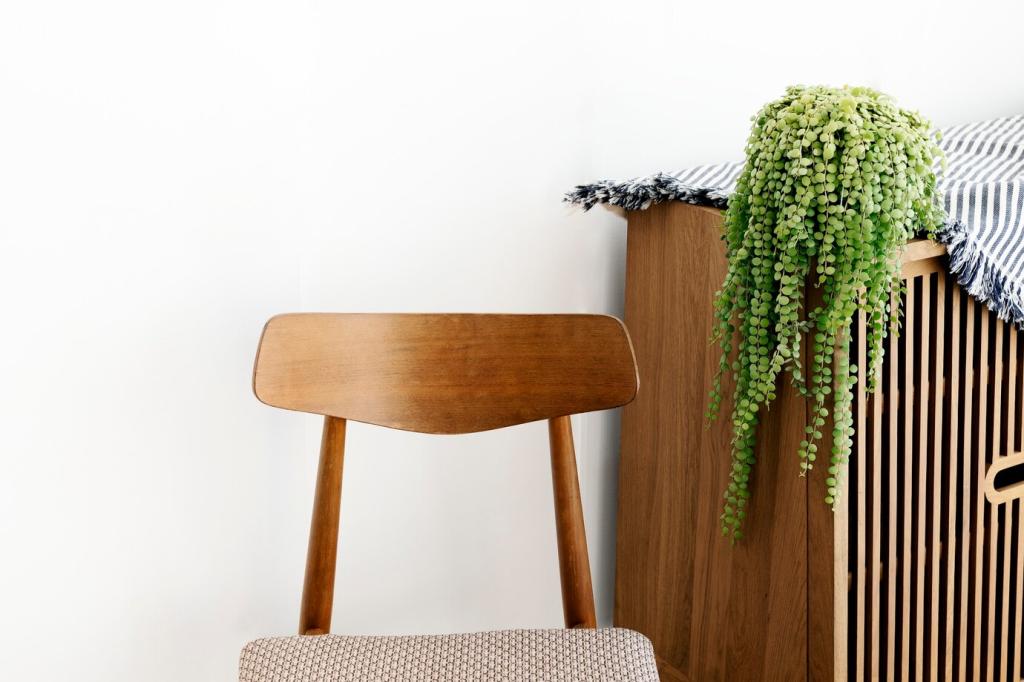
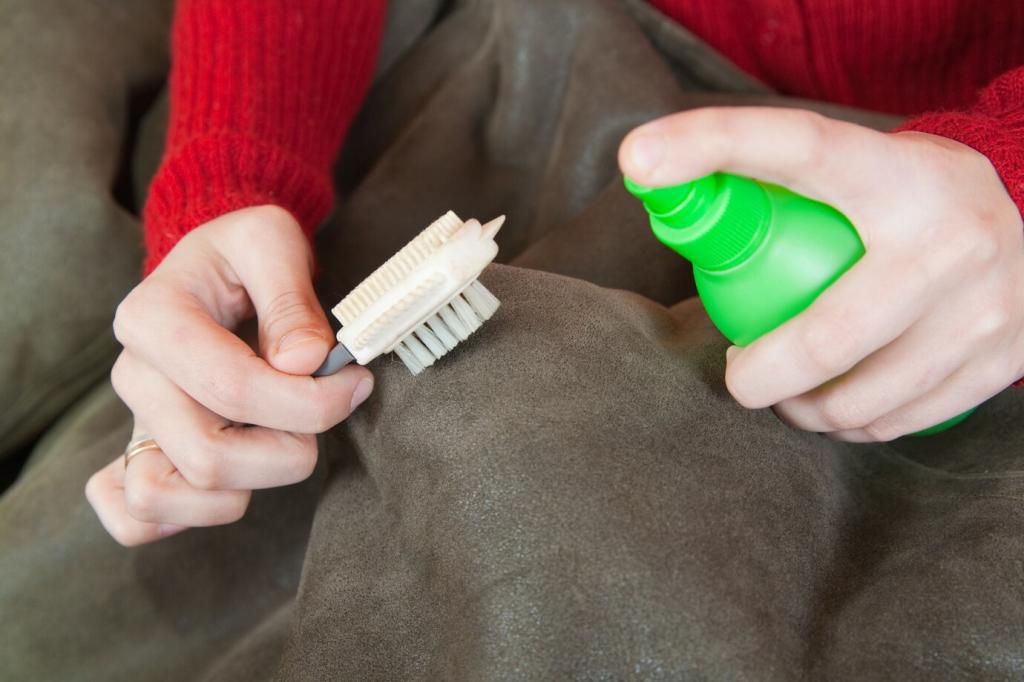
Essential Oils: Use Sparingly or Skip
Many essential oils irritate pets—tea tree, citrus, and eucalyptus are especially risky for cats. If you add scent at all, keep concentrations tiny, ventilate well, and observe animals for any discomfort before making a blend your routine.
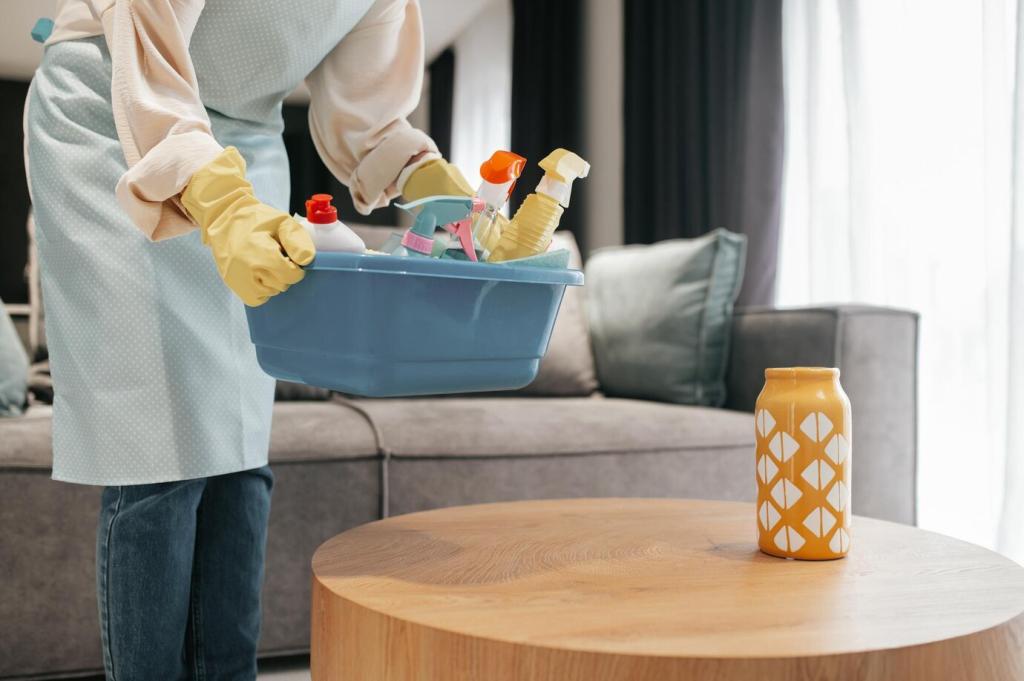
Allergies and Sensitivities
Perform a patch test on both surface and skin. Wear gloves if nut oils are involved. Consider unscented, food-safe blends for nurseries and dining tables, and share your go-to gentle recipe with our readers in the comments below.

Storage and Labeling
Decant polishes into amber glass, label ingredients and date, and store cool. Most oil-based mixes last months; discard at first hint of rancid smell. Keep jars sealed tightly and out of reach of children and curious paws.
